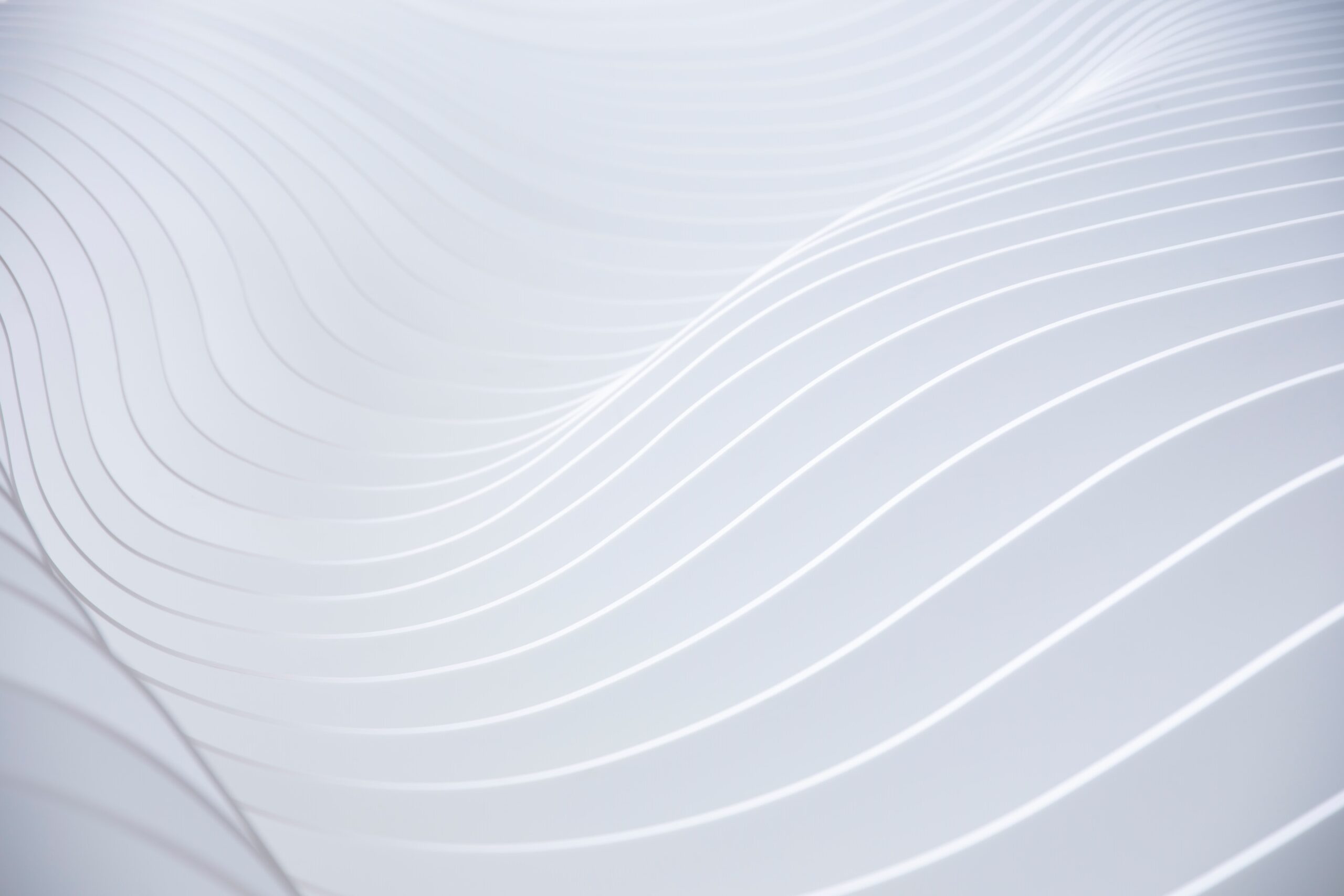In the world of user experience (UX) design, having the right set of tools can significantly enhance the design process and help create exceptional user experiences. From wireframing and prototyping to user testing and collaboration, a range of UX tools are available to streamline workflows, improve efficiency, and deliver impactful designs. In this article, we will explore 15 essential tools for UX design that can elevate user experiences and drive successful digital products.
Why Is UX Design Important
- Meeting User Expectations
In today’s fast-paced world, users have high expectations for digital experiences. They expect websites, applications, and other digital interfaces to be intuitive, visually appealing, and easy to navigate. UX design helps businesses meet these expectations by understanding user needs, conducting user research, and creating interfaces that align with user preferences. By delivering a seamless and satisfying user experience, businesses can increase user engagement, satisfaction, and loyalty.
- Enhancing User Satisfaction
A positive user experience can significantly impact user satisfaction and perception of a brand. UX design focuses on creating interfaces that are user-centric, visually appealing, and functional. By understanding user pain points and addressing them through thoughtful design solutions, businesses can enhance user satisfaction. Satisfied users are more likely to engage with a product or service, recommend it to others, and become loyal customers.
- Improving Conversion Rates
User experience directly affects conversion rates and business outcomes. A well-designed user interface that guides users through the conversion process can significantly improve conversion rates. By optimizing the user journey, reducing friction points, and providing clear calls-to-action, businesses can increase the likelihood of users completing desired actions, such as making a purchase, signing up for a newsletter, or requesting more information. UX design plays a vital role in driving conversions and achieving business goals.
- Differentiating from Competitors
In a crowded marketplace, where competitors are just a click away, providing a superior user experience can be a key differentiating factor. UX design allows businesses to stand out by creating unique, memorable, and delightful experiences for users. By investing in UX design, businesses can differentiate themselves from competitors, attract more users, and build a strong brand reputation.
- Reducing Development Costs
While UX design requires an upfront investment, it can lead to significant cost savings in the long run. By identifying user needs and potential usability issues early in the design process, businesses can avoid costly redesigns or redevelopments later on. UX design helps businesses create more efficient and effective digital products, reducing user frustration and the need for extensive customer support.
Top 15 UX Design Tools

- Sketch
Sketch is a popular vector-based design tool that allows designers to create wireframes, prototypes, and high-fidelity designs. With an intuitive interface and powerful features, Sketch enables designers to bring their ideas to life and iterate quickly. It offers a vast library of plugins and integrations, allowing designers to extend its capabilities and customize their workflow.
- Adobe XD
Adobe XD is a comprehensive design and prototyping tool that empowers UX designers to create interactive prototypes, design user interfaces, and collaborate seamlessly with stakeholders. Its integration with the Adobe Creative Cloud ecosystem makes it a versatile choice for designers. It offers features like design specs, voice prototyping, and responsive resizing, enabling designers to create immersive experiences across devices.
- Figma
Figma is a cloud-based design tool that facilitates collaboration and real-time design editing. With features like multiplayer editing, prototyping, and design handoff, Figma is a popular choice for remote teams and collaborative design projects. Its browser-based interface allows designers to work on their designs from anywhere, making it highly accessible and convenient.
- InVision
InVision is a design and prototyping platform that enables designers to create interactive prototypes, gather feedback, and collaborate with stakeholders. Its intuitive interface and extensive integrations make it a powerful tool for UX designers. InVision also offers features like user testing, design system management, and design handoff, providing a holistic solution for the design process.
- Axure RP
Axure RP is a robust prototyping and wireframing tool that allows designers to create interactive prototypes with advanced interactions and animations. It is ideal for creating complex and dynamic user experiences. Axure RP offers features like conditional logic, dynamic content, and adaptive views, enabling designers to prototype intricate user flows and interactions.
- Marvel
Marvel is a user-friendly prototyping and design tool that enables designers to quickly create interactive prototypes without the need for coding. With its simplicity and ease of use, Marvel is suitable for designers of all skill levels. It offers features like design syncing, user testing, and design handoff, streamlining the design-to-development process.
- UsabilityHub
UsabilityHub is a user testing platform that allows designers to conduct remote usability tests, preference tests, and click tests. It provides valuable insights into user behavior and preferences, helping designers validate their design decisions. UsabilityHub offers features like first-click testing, five-second tests, and preference tests, enabling designers to gather user feedback efficiently.
- Hotjar
Hotjar is a powerful UX analytics tool that offers heatmaps, session recordings, and feedback polls. It helps designers understand how users interact with their designs and identify areas for improvement. With Hotjar, designers can visualize user behavior, pinpoint usability issues, and make data-driven design decisions.
- Optimal Workshop
Optimal Workshop provides a suite of user research tools, including card sorting, tree testing, and first-click testing. These tools help designers gain insights into user navigation, information architecture, and user preferences. With Optimal Workshop, designers can conduct research studies, analyze results, and optimize their designs based on user feedback.
- Miro
Miro is a collaborative online whiteboard platform that facilitates remote collaboration, ideation, and design thinking. It allows designers to visually brainstorm,organize ideas, and create visual diagrams. With a flexible canvas and a range of collaborative features, Miro empowers designers to collaborate in real-time, streamline communication, and drive the design process forward.
- Zeplin
Zeplin is a design handoff and collaboration tool that bridges the gap between designers and developers. It simplifies the process of sharing design files and specifications, allowing developers to inspect and extract assets, code snippets, and style information directly from the design files. Zeplin ensures a smooth handoff and promotes efficient collaboration between design and development teams.
- Balsamiq
Balsamiq is a wireframing tool that focuses on rapid prototyping and low-fidelity designs. It allows designers to quickly sketch out their ideas and concepts, making it ideal for early-stage ideation and concept validation. Balsamiq’s simplicity and simplicity-based approach help teams iterate quickly and gather feedback early in the design process.
- Crazy Egg
Crazy Egg is a heatmap and user behavior analytics tool that provides insights into user interactions and engagement on websites and digital interfaces. By visualizing user clicks, scrolls, and attention, Crazy Egg helps designers understand user behavior patterns and optimize the design for improved user experiences and conversions.
- Sketchpad
Sketchpad is an online design and collaboration platform that offers a range of design tools and features, including vector editing, image editing, and design collaboration. It provides a versatile workspace for designers to create, share, and collaborate on design projects, making it a valuable tool for UX designers working in teams or remotely.
- Prott
Prott is a prototyping and collaboration tool specifically designed for mobile app design. It allows designers to create interactive prototypes for iOS and Android devices, test user flows, and gather feedback. Prott offers features like gesture-based interactions, transitions, and real-time collaboration, enabling designers to create engaging mobile experiences.
Final Thoughts
In the world of UX design, having the right set of tools is essential for creating exceptional user experiences. The 15 tools mentioned in this article cover a range of areas, from wireframing and prototyping to user testing and collaboration. By incorporating these tools into your design workflow, you can streamline processes, improve efficiency, and deliver impactful design services in Cambridge that resonate with your users. Remember, the key is to choose the tools that best fit your needs and preferences, and to continuously explore and experiment with new tools as they emerge. With the right tools in hand, you’ll be well-equipped to elevate user experiences and drive the success of your digital products.
